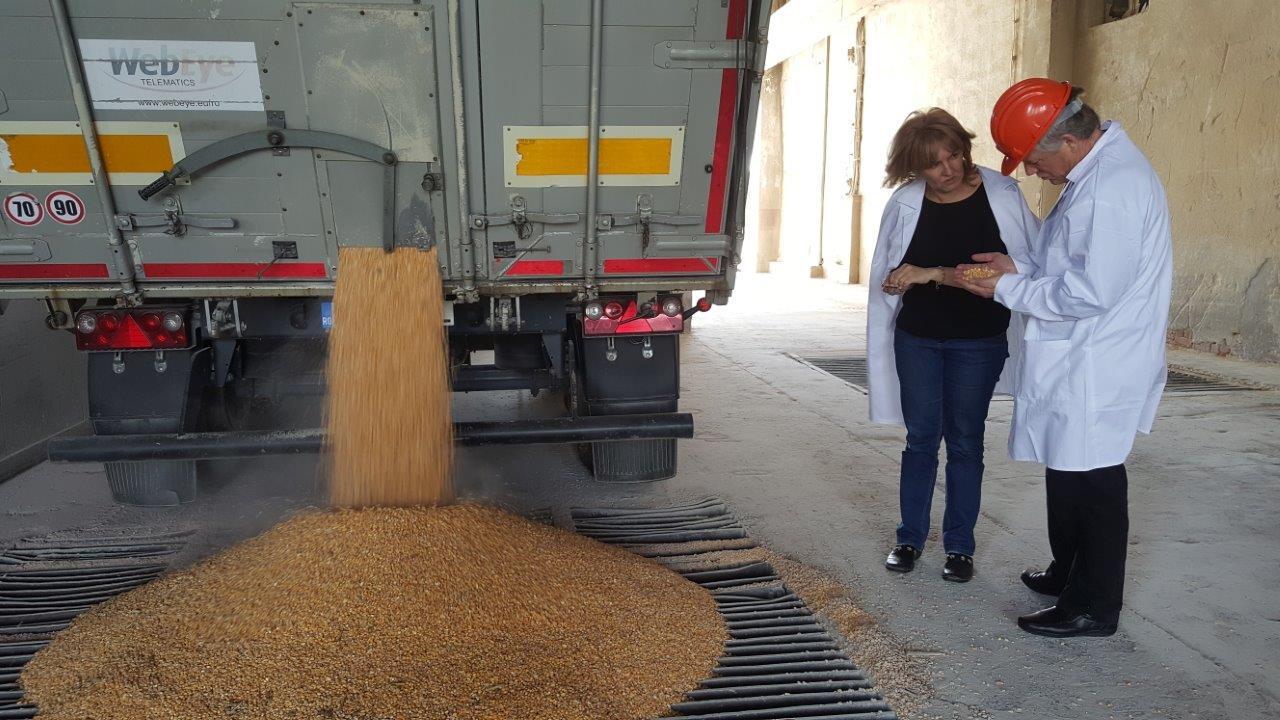Romanian Feed Millers Could Realize Considerable Savings from Optimal Raw Materials Segregation
- Category:
- Animal Utilization
- General News

In recent years, Romanian feed manufacturers have experienced increasing competition, mainly due to the highly competitive business environment in the EU, where there is limited access to quality protein and energy ingredients. Educating nutritionists on modern feed formulation techniques was a strong USSEC focus as part of its efforts to support the local feed and livestock industries in dealing with challenges raised from the market and to better promote the use of U.S. Soy in animal feed.
More recently, USSEC raised the importance of potential savings from the feed manufacturing process in order to optimize profit and deliver feed as economically as possible to its soy customers in Romania. There is no doubt that all feed producers today are focused on purchasing quality ingredients. Real life experience proves that there is a high variation even between different loads of the same ingredient delivered from the same supplier. These variations need to be constantly monitored, identified, and incorporated into daily feed production. Most Romanian feed manufacturers carefully and systematically monitor all incoming ingredients, but there is still room for improvement in the feed manufacturing process to reach quality and high efficiency in feed production.
Recent field visits showed that, in some cases, the management of incoming ingredients needs more attention in order to best utilize the ingredients. Managing the storage of different loads from the same ingredient seems to be a forgotten practice and the weak link between quality control and the nutritionist. Today, the quality control of ingredients is based on real time near infrared (NIR) analysis, and ingredient segregation decision is always based on information resulting from rapid tests. Once the bulk materials enter the feed mill, they must be conveyed or transferred to the appropriate holding areas and storage bins. In the next the step, the nutritionist will develop matrix values specific to a supplier or load of soybean meal and reformulate feeds.
As likely the important ingredient today in impacting the broiler feed compound costs and quality, soybean meal benefited from particular attention during the industry meetings taking place in Romania during the last quarter of 2017.
“From what I have showed during the recent industry meetings, the optimization of raw materials segregation would eliminate or minimize safety margins in feed formulation and create dollar savings,” says Dr. Iania Chihaia, USSEC regional consultant. “This is a considerable opportunity to save costs in feed production. A very simple example in evaluating the impact of optimal management of different nutritive values ingredient is that of soybean meal. Under commercial feed mill conditions, and based on rapid tests lab results, soybean meal was segregated in different bins before being used in the feed manufacturing process. Proper soybean meal stocks management created different soybean meal matrix savings between $1.00 to $2.50 per ton of broiler feed.”

